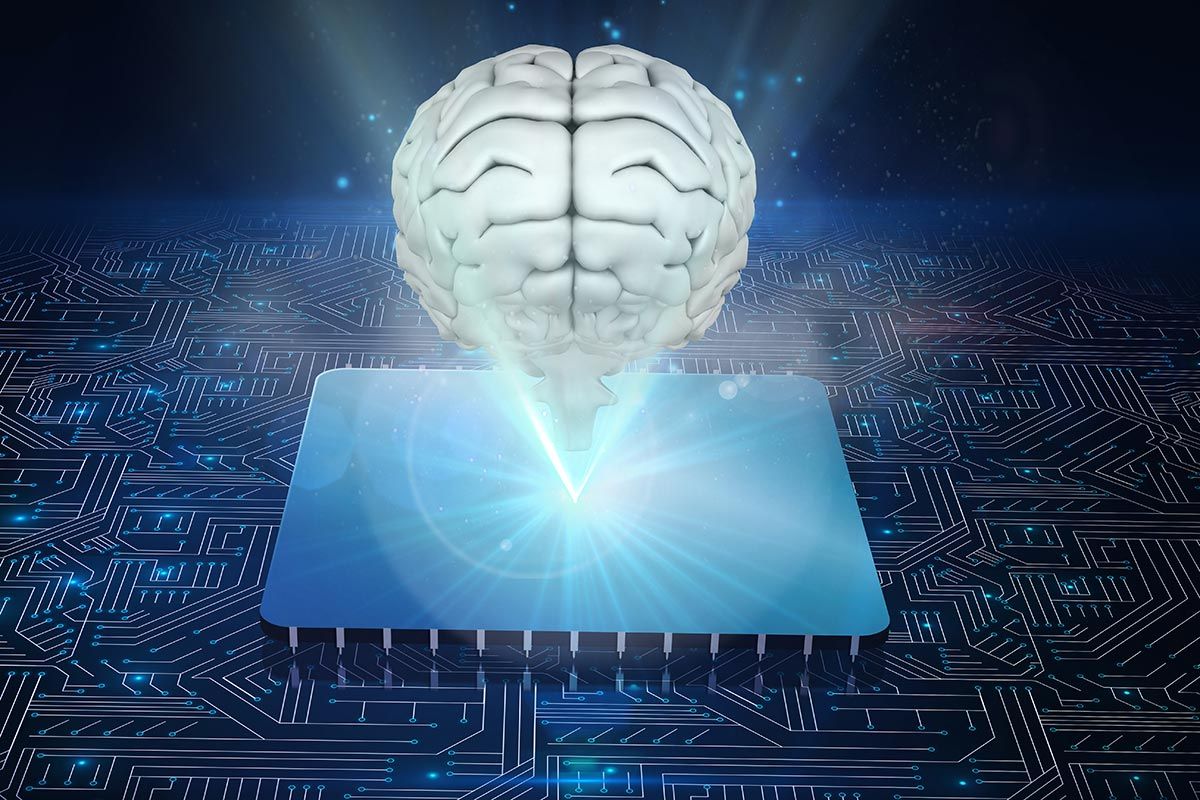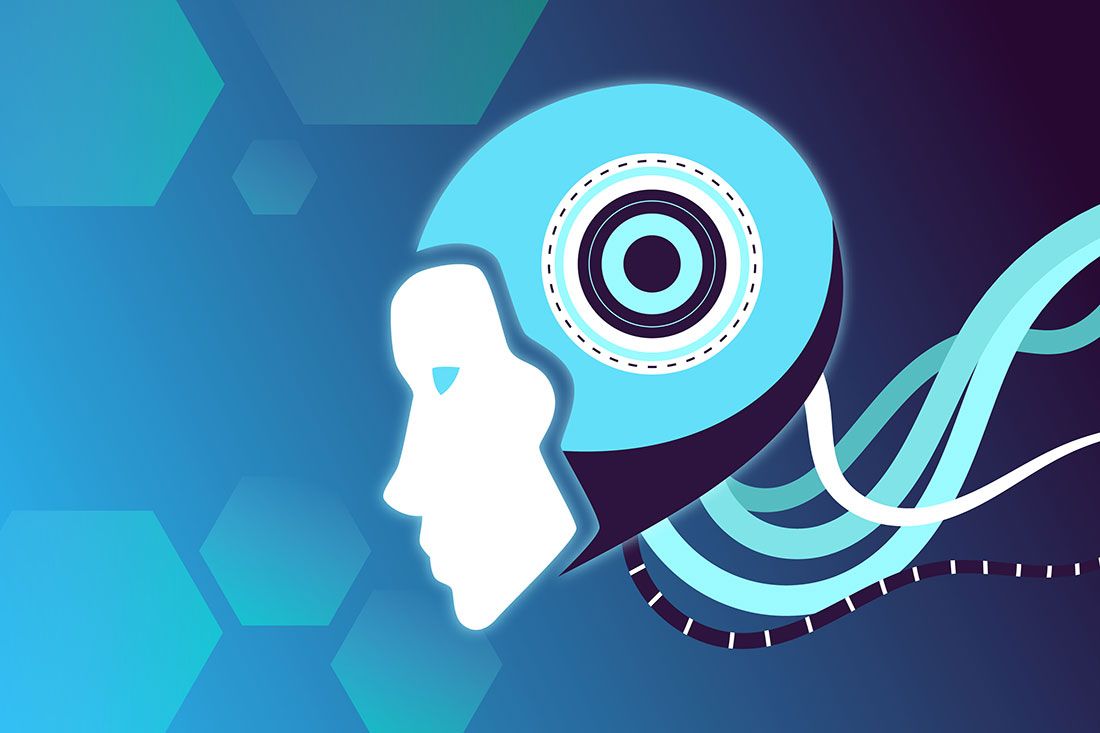AI (Artificial Intelligence) and ML (Machine Learning) have become buzzwords in recent years, especially these last few months with the ChatGPT and DALL·E, who took our life by storm. Many industries incorporate these technologies into their operations. The advancements in AI and ML have led to the development of new applications and capabilities, leading to an exciting future for these technologies.
Artificial Intelligence (AI) and Machine Learning (ML) in Healthcare
AI and ML are transforming healthcare by enhancing patient outcomes and reducing costs. These technologies can analyze vast amounts of medical data quickly and accurately, enabling healthcare providers to make better decisions about patient care. As a result, patients receive more precise diagnoses, personalized treatment plans, and improved outcomes. Medical images, such as X-rays and MRI scans, can be analyzed by AI and ML algorithms to identify patterns and abnormalities that may be missed by human interpretation. Early detection of diseases and improved treatment outcomes are potential benefits of this technology. Moreover, electronic health records (EHRs) can be analyzed by AI and ML to identify trends and patterns in patient data, leading to personalized treatment plans.
AI and ML can also enhance healthcare operations by increasing efficiency and reducing costs. AI-powered chatbots and virtual assistants can help patients schedule appointments, access medical information, and receive personalized health recommendations. Additionally, AI can optimize staffing levels and resource allocation in hospitals and clinics, reducing wait times and enhancing patient care. However, using AI and ML in healthcare raises concerns about data privacy and security. Safeguarding patient data is vital to prevent unauthorized access and misuse. Furthermore, there are concerns about potential biases in healthcare perpetuated by AI and ML algorithms, leading to unequal access to care and treatment. Despite these challenges, the use of AI and ML in healthcare is predicted to continue to grow, resulting in more efficient and effective healthcare systems in the future.
AI and ML in Finance
AI and ML are transforming the finance industry by improving efficiency, accuracy, and risk management. These technologies in finance are known as “fintech” and have been growing rapidly in recent years. AI and ML algorithms can analyze large amounts of financial data quickly and accurately, making it easier for financial institutions to identify patterns and trends in the market.
One of the primary use cases of AI and ML in finance is fraud detection and prevention. AI algorithms can analyze transactions and identify suspicious activity in real time, allowing financial institutions to take immediate action to prevent fraudulent activities. Additionally, AI and ML can be used to identify potential credit risks and prevent loan defaults by analyzing credit histories and financial data.
AI and ML can also be used to develop personalized investment strategies based on individual investor profiles and market trends. This can help investors make better decisions about where to allocate their funds and maximize returns. Additionally, AI-powered chatbots and virtual assistants can help investors with tasks such as managing their portfolios and accessing financial information.
Another application of AI and ML in finance is trading and market prediction. AI – Artificial intelligence algorithms can analyze large amounts of financial data and accurately predict market trends. This can be used to develop trading strategies that take advantage of market movements and generate higher returns.
However, using AI and ML in finance also raises concerns about data privacy and security. It is critical to protect financial data to prevent unauthorized access and misuse. Additionally, there are concerns about the potential for AI and ML algorithms to perpetuate biases in finance, leading to unequal access to financial services and opportunities.
Despite these challenges, AI and ML in finance will probably continue to grow, leading to more efficient and effective financial systems.
AI and ML in Transportation
AI and ML are also revolutionizing the transportation industry, particularly in developing autonomous vehicles. Self-driving cars and trucks can reduce traffic congestion, lower emissions, and improve road safety.
Companies are using AI and ML algorithms to analyze data collected from sensors and cameras mounted on vehicles. These technologies can identify and respond to traffic patterns, obstacles, and potential hazards. Experts predict that the implementation of AI and ML in transportation will reduce the number of accidents caused by human error and improve the efficiency of transportation systems.
AI and ML can also help with urban planning and traffic management. By analyzing traffic data from sensors and cameras, AI and ML algorithms can identify patterns and predict traffic flow. This can help urban planners and policymakers to make informed decisions about infrastructure development and traffic management strategies. Additionally, AI-powered traffic management systems can adjust traffic signals in real-time to optimize traffic flow, reduce congestion, and improve overall efficiency.
The use of AI and ML in transportation also presents new opportunities for business models and services. For example, ride-sharing companies could use autonomous vehicles to provide more cost-effective and efficient transportation services. Delivery companies could use self-driving trucks to reduce delivery times and costs.
However, the development and adoption of autonomous vehicles are not without challenges. Proving the safety and reliability of the technology is critical before widely deploying it on public roads. Additionally, there are concerns about the potential job losses for human drivers and the need for new regulations and infrastructure to support autonomous vehicles.
Despite these challenges, artificial intelligence and machine learning will continue to grow, leading to more efficient and safer transportation systems in the future.
AI and ML in Education
AI and ML are also transforming the field of education. Learning experiences are personalized for students based on their learning styles and abilities. AI-powered chatbots and virtual assistants provide students with instant feedback and support, helping to improve their learning outcomes. Additionally, AI and ML algorithms can analyze student data to identify areas where additional support or resources is needed. This capability allows teachers to provide targeted interventions and better understanding. As more educational institutions adopt AI and ML, the potential for personalized and adaptive learning experiences continues to grow.
Challenges and Concerns
The increasing use of AI and ML also raises concerns about job displacement and ethical considerations. As more industries automate their operations, there is a possibility of job losses in certain sectors. It is also required to ensure that AI and ML algorithms are unbiased and do not perpetuate societal biases.
In conclusion, AI and ML are rapidly evolving technologies that have the potential to transform various industries. However, The potential impact of these technologies and addressing any ethical concerns that may arise should be considered. With responsible development and deployment, AI and ML can improve our lives and make the world a better place.









